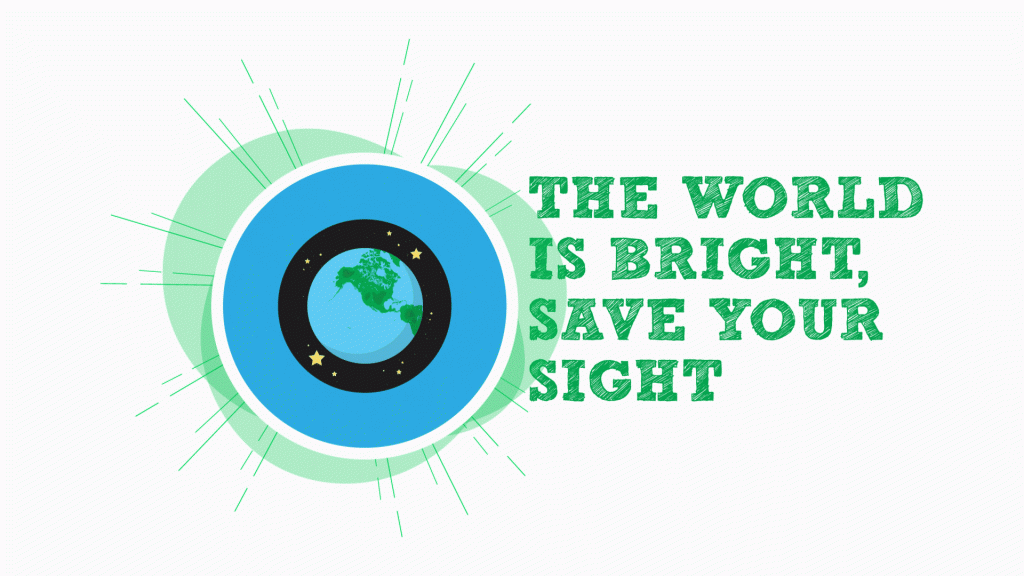Our Optometrists are trained to screen for glaucoma. At each visit we routinely: check the intra ocular pressure. We start measuring pressures during the early teenager years to rule out juvenile glaucoma. The pressure measurements at each visit are used to create a pressure profile for each person. view the appearance of the optic nerve. […]
Category Archives: Glaucoma
To date there is no cure for glaucoma, and if left untreated the vision loss is irreversible. However medication or surgery (traditional or laser) can halt or slow-down any further vision loss. Early detection is essential to limiting visual impairment and preventing the progression to severe visual handicap or blindness. Prescription eye drops are dispensed […]
Age: In most cases, glaucoma can develop after the age of forty. The risk of getting glaucoma then increases with age. Gender: There is no confirmed difference in the incidence of glaucoma between males and females. Family History: Family members of a person with glaucoma have a 10 times greater chance of also getting glaucoma. […]
Most people with glaucoma are not aware they have it as they experience no obvious symptoms. Stats tell us that due to the silent progression of the disease (at least in its early stages), up to 50% of people with glaucoma in developed countries are not even aware of having glaucoma. This number in underdeveloped […]
Glaucoma is a group of eye diseases in which gradual damage to the optic nerve leads to progressive, irreversible vision loss.Glaucoma is the second leading cause of blindness worldwide. If left untreated, most types of glaucoma progress without obvious symptoms to the patient. Glaucoma is often described as the “silent blinding disease” or the “sneak […]
It’s “World Glaucoma Week”. Glaucoma is known as the silent thief of sight. Without diagnosis & treatment, patients will slowly lose their peripheral (side) vision. Over time, they will feel as if they are looking through a tunnel. Patients can lose as much as 40% of their sight before they even begin to notice the […]


